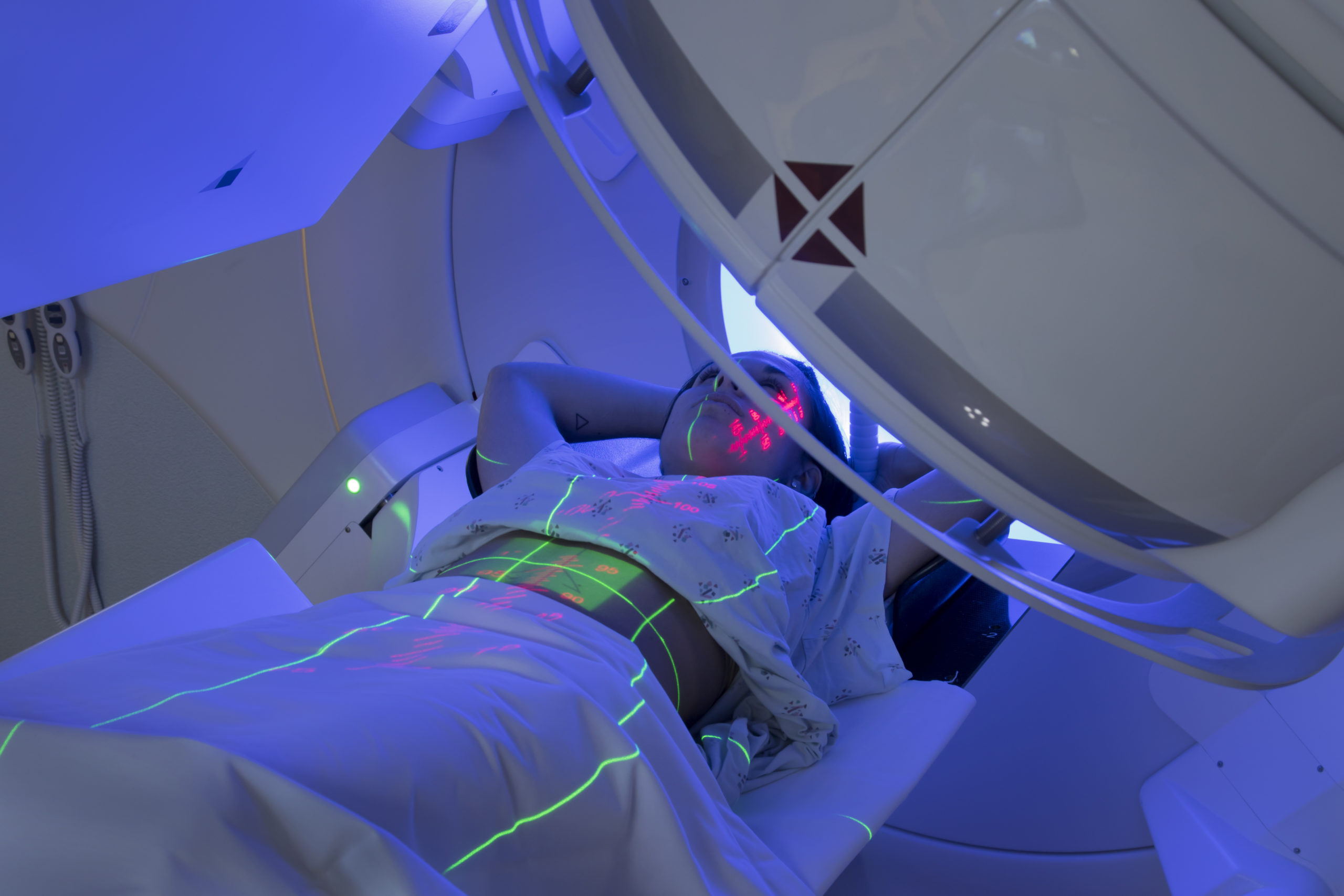PMB期刊推出全新特刊,主要面向职业生涯早期研究人员

IOP出版社旗下期刊Physics in Medicine & Biology(PMB)期刊推出了全新的聚焦文章选集特刊,旨在汇集来自生物医学物理领域处于职业生涯早期研究人员的研究成果。在PMB,我们相信,对于推动科学进步,认可和奖励杰出年轻研究者的卓越科研,能够为所有人带来益处。
文章选集将展示生物医学物理领域中最令人激动的最新重点工作。
本期特刊将主要针对在2010年或之后(在10年内取得博士学位,但不包括职业中断的时间)完成博士学位的研究人员。其中部分优秀的职业生涯早期研究人员将由期刊编委直接邀请投稿,但同时也向任何具备资格的研究人员开放,欢迎他们的投稿。
如何投稿?
点击此处在线提交您的文章,并在投稿信中附上您的简历或学术经验的链接。
截止日期
2020年9月30日
主编介绍

Cherry, Simon R Ph.D.
University of California, Davis, USA
Molecular Imaging, Technology Development:Simon Cherry’s research involves the rapidly growing field of molecular imaging. The basic concept behind molecular imaging is the use of non-invasive imaging technologies to visualize and characterize specific molecular events and targets in vivo. Areas of active research include the development of new and improved imaging technologies, the design of novel contrast agents and imaging probes and their application in molecular diagnostics and therapeutics. Professor Cherry and the members of his laboratory team are particularly interested in developing new technologies and techniques for in vivo molecular imaging. They focus on a nuclear imaging technique, positron emission tomography (PET), and its application in studying animal models of human disease. They are also exploring the integration of PET imaging technology with the high resolution anatomical imaging provided by magnetic resonance imaging (MRI) or x-ray computed tomography (CT). The use of molecular imaging technologies for phenotyping and for the development and validation of new drugs and therapeutic approaches are among the applications they are pursuing. The research group has many active projects in the laboratory, ranging from the development of new detector technologies for imaging to the building of complete imaging systems for specific biological or medical applications. The research associated with these projects involves novel detector development; system simulation and design; the investigation of data acquisition and correction strategies; the study of three-dimensional image reconstruction algorithms; new software tools for the visualization, analysis, and quantification of imaging data; and the application of molecular imaging technologies to important problems in medicine and biology.
